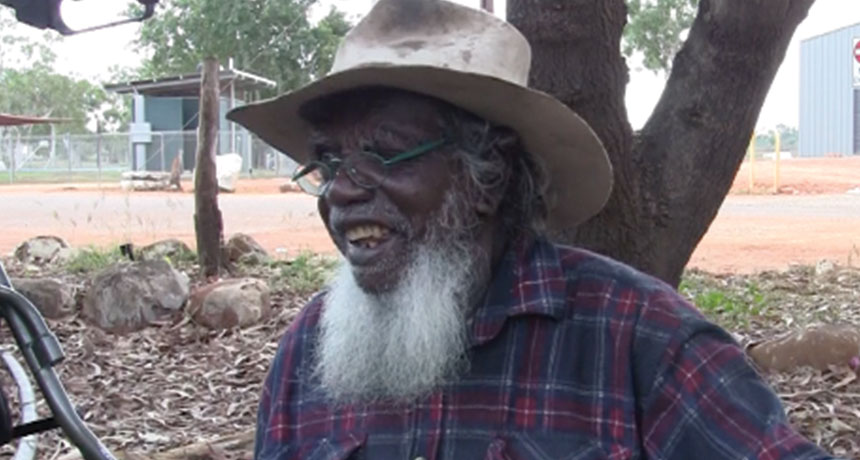Handed-down tales tell of ancient sea level rise
Australian Aborigines’ oral histories may include accounts of sea-level rise more than 7,000 years old

WATERY TALES A member of an Aboriginal community in Australia’s Northern Territory discusses local tales of ocean deluges with a visiting researcher. New research suggests such accounts describe actual sea-level rises dating to more than 7,000 years ago.
N. Reid, Univ. of New England
Australian Aborigines relate some of the oldest memories in the world, a controversial new study suggests.